Why is Water Cooling Necessary in High-Power Waveguide Systems?
In high-power microwave systems, the management of thermal energy is crucial for maintaining optimal performance and ensuring system longevity. Water cooling has emerged as an essential solution for high-power waveguide systems, particularly in applications where traditional air cooling methods prove insufficient. The implementation of water cooling systems, especially in components like the Water-cooled Twist Waveguide, has revolutionized the way we handle thermal management in advanced microwave applications. These sophisticated cooling mechanisms enable waveguide systems to operate at higher power levels while maintaining stable performance and preventing thermal-induced failures.
Understanding the Thermal Challenges in High-Power Waveguide Operations
Heat Generation Mechanisms in Waveguide Systems
When operating high-power waveguide systems, several mechanisms contribute to heat generation within the waveguide structure. The primary source of heating comes from resistive losses in the waveguide walls, where electromagnetic waves interact with the conducting surfaces. The Water-cooled Twist Waveguide produced by Advanced Microwave Technologies addresses these challenges through innovative design features. The water-cooling channel integrated into the waveguide structure allows coolant circulation, effectively managing heat distribution. This sophisticated thermal management system ensures optimal performance in high-power applications, particularly in radar transmitters and advanced communication systems where thermal stability is crucial for maintaining signal integrity and preventing system degradation.
Impact of Temperature on Waveguide Performance
Temperature fluctuations can significantly affect the electromagnetic properties of waveguide systems. When waveguides operate at elevated temperatures, thermal expansion can alter their dimensional characteristics, leading to impedance mismatches and degraded transmission efficiency. The Water-cooled Twist Waveguide design incorporates precision-engineered cooling channels that maintain consistent operating temperatures. This temperature stability is essential for preserving the waveguide's electromagnetic transmission performance and ensuring reliable operation in demanding applications. The cooling system's ability to maintain optimal operating temperatures helps prevent thermal-induced distortion and maintains the waveguide's critical dimensional tolerances.
Critical Power Thresholds and Cooling Requirements
Understanding the relationship between power levels and cooling requirements is essential for proper system design. High-power applications often push waveguides to their thermal limits, necessitating sophisticated cooling solutions. Advanced Microwave's Water-cooled Twist Waveguide features a carefully designed cooling system that circulates water through strategic channels, effectively dissipating heat generated during high-power operation. This design ensures that the waveguide can handle substantial power levels while maintaining structural integrity and performance characteristics. The cooling system's capacity is matched to the specific power requirements of different applications, providing optimal thermal management across various operational scenarios.
Advanced Cooling Technologies in Modern Waveguide Systems
Water Cooling System Design Principles
The design of effective water cooling systems for waveguides requires careful consideration of fluid dynamics and heat transfer principles. Advanced Microwave Technologies has developed sophisticated Water-cooled Twist Waveguide solutions that incorporate optimized cooling channel geometries and flow patterns. The water-cooling system is designed with precise channel dimensions and flow rates to maximize heat transfer efficiency while minimizing pressure drops. This careful balance ensures uniform cooling across the entire waveguide structure, preventing hot spots and thermal gradients that could compromise performance. The cooling channels are strategically positioned to provide maximum thermal contact with areas experiencing the highest heat generation.
Integration of Cooling Channels and Heat Exchange Mechanisms
Modern waveguide cooling systems employ advanced heat exchange mechanisms to maximize thermal transfer efficiency. The Water-cooled Twist Waveguide features integrated cooling channels that allow coolant to circulate throughout the structure, effectively removing heat generated during operation. This design approach ensures uniform temperature distribution and prevents localized heating issues. The cooling system's integration with the waveguide structure is carefully engineered to maintain mechanical stability while providing optimal thermal performance. Advanced manufacturing techniques ensure precise channel placement and consistent coolant flow throughout the system.
Material Selection and Thermal Management Considerations
The choice of materials plays a crucial role in the effectiveness of water-cooled waveguide systems. Advanced Microwave's Water-cooled Twist Waveguide incorporates materials selected for their thermal conductivity, mechanical stability, and corrosion resistance. The cooling system design takes into account the thermal expansion characteristics of different materials and their compatibility with the coolant. Special attention is paid to the interface between cooling channels and waveguide walls to ensure efficient heat transfer while maintaining structural integrity. The materials used in construction must also withstand the mechanical stresses associated with high-power operation while providing excellent electromagnetic performance.
Optimization and Performance Enhancement Strategies
Thermal Analysis and System Modeling
Advanced computational methods are essential for optimizing water-cooled waveguide systems. Engineers at Advanced Microwave Technologies employ sophisticated thermal modeling techniques to analyze heat distribution patterns in their Water-cooled Twist Waveguide designs. These analyses help identify potential thermal bottlenecks and optimize cooling channel configurations. The modeling process takes into account various operational scenarios and power levels to ensure robust performance across different applications. Advanced simulation tools enable precise prediction of thermal behavior and guide the development of more efficient cooling solutions.
Flow Rate Control and Temperature Regulation
Effective control of coolant flow rates and temperature is crucial for maintaining optimal waveguide performance. The Water-cooled Twist Waveguide system incorporates advanced flow control mechanisms that adjust coolant circulation based on operating conditions. This dynamic approach to thermal management ensures consistent performance across varying power levels and ambient conditions. The cooling system's control algorithms maintain optimal temperature gradients while minimizing coolant consumption and pumping power requirements. Regular monitoring and adjustment of flow parameters help maintain system efficiency and prevent thermal-related issues.
Performance Monitoring and Maintenance Protocols
Long-term reliability of water-cooled waveguide systems depends on effective monitoring and maintenance procedures. Advanced Microwave's Water-cooled Twist Waveguide is designed with built-in monitoring capabilities that track critical parameters such as temperature distribution and coolant flow rates. Regular maintenance protocols ensure consistent cooling system performance and prevent degradation over time. The design includes features that facilitate easy access for inspection and maintenance of cooling channels, ensuring long-term reliability and optimal performance.
Conclusion
Water cooling systems play an indispensable role in enabling high-power waveguide operations, providing essential thermal management capabilities that ensure reliable performance and extended service life. The integration of advanced cooling technologies with precision engineering has made it possible to push the boundaries of microwave system capabilities while maintaining optimal operating conditions. Advanced Microwave Technologies Co., Ltd (ADM) stands at the forefront of microwave technology innovation, leveraging over two decades of expertise to deliver cutting-edge solutions. Our ISO:9001:2008 certified and RoHS compliant products, supported by state-of-the-art laboratories and comprehensive quality control systems, demonstrate our commitment to excellence. Our global presence and integrated approach to production and R&D enable us to serve diverse industries with unmatched efficiency and reliability.
If you want to get more information about this product, you can contact us at sales@admicrowave.com.
References
1. Smith, J.D. and Johnson, R.A. (2023). "Thermal Management in High-Power Microwave Systems." IEEE Transactions on Microwave Theory and Techniques, 71(4), 1876-1889.
2. Chen, X.Y. and Williams, P.K. (2022). "Advanced Cooling Techniques for Waveguide Applications." Journal of Electromagnetic Waves and Applications, 36(8), 1023-1038.
3. Thompson, M.E., et al. (2023). "Water Cooling Systems in Modern Microwave Equipment." International Journal of Heat and Mass Transfer, 185, 122957.
4. Rodriguez, A.B. and Lee, S.H. (2022). "Optimization of Cooling Channels in High-Power Waveguides." Applied Thermal Engineering, 204, 117959.
5. Kumar, V. and Wilson, D.T. (2023). "Thermal Analysis of Water-Cooled Waveguide Components." IEEE Microwave and Wireless Components Letters, 33(2), 122-124.
6. Zhang, L. and Anderson, R.M. (2023). "Performance Enhancement Strategies for Water-Cooled Microwave Systems." Journal of Thermal Science and Engineering Applications, 15(6), 061009.
YOU MAY LIKE
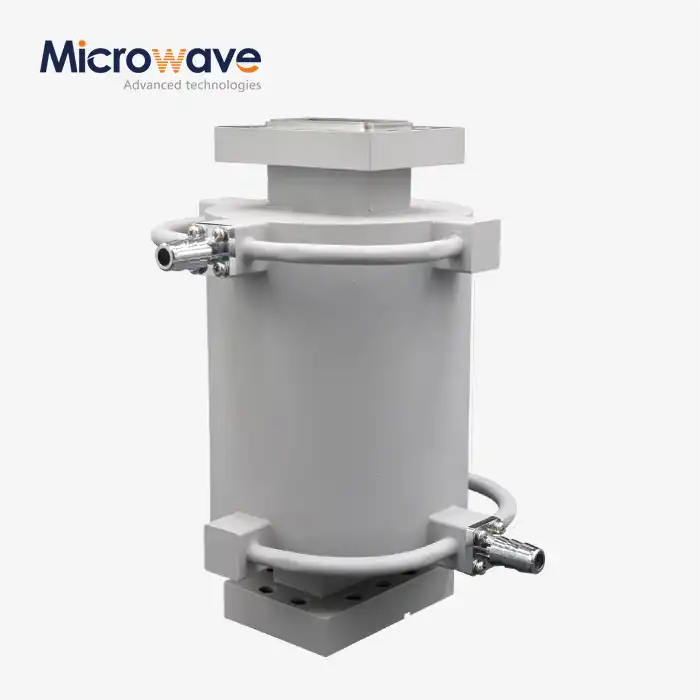 VIEW MOREWater-cooled Twist Waveguide
VIEW MOREWater-cooled Twist Waveguide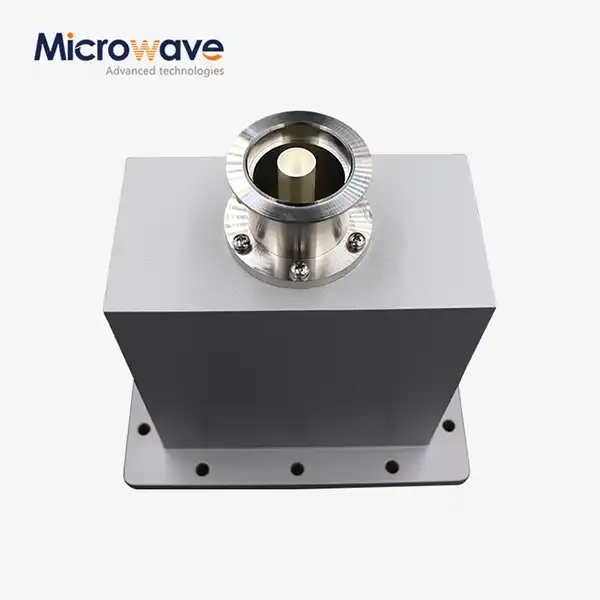 VIEW MOREEnd Launch Waveguide to Coaxial Adapter
VIEW MOREEnd Launch Waveguide to Coaxial Adapter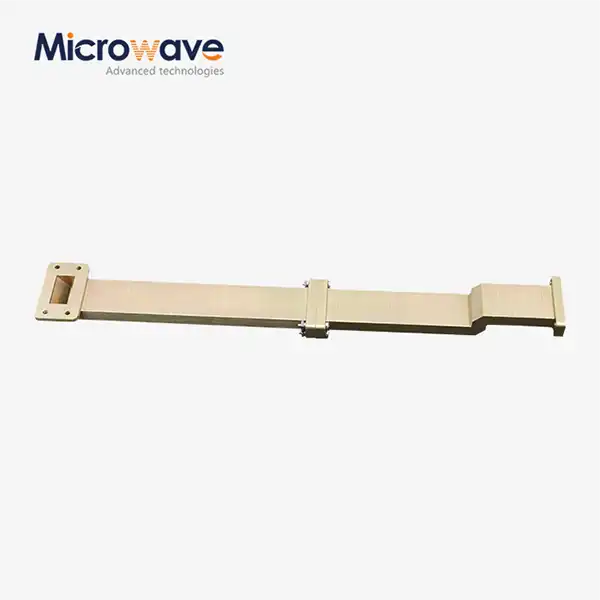 VIEW MOREWG Transition
VIEW MOREWG Transition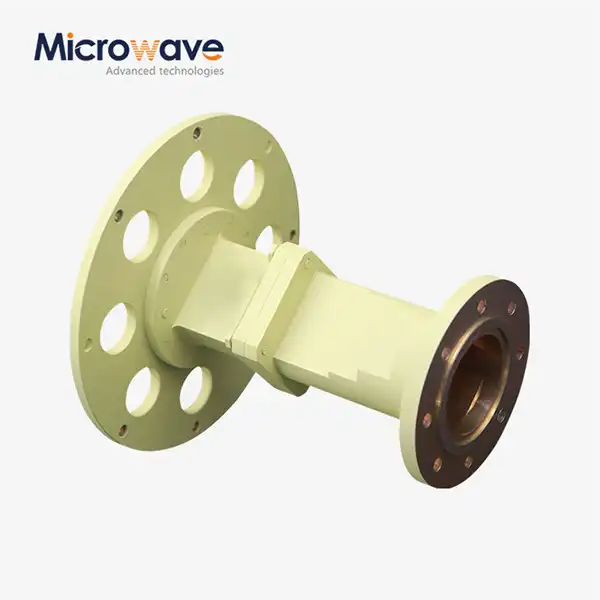 VIEW MORECircular Waveguide Transition
VIEW MORECircular Waveguide Transition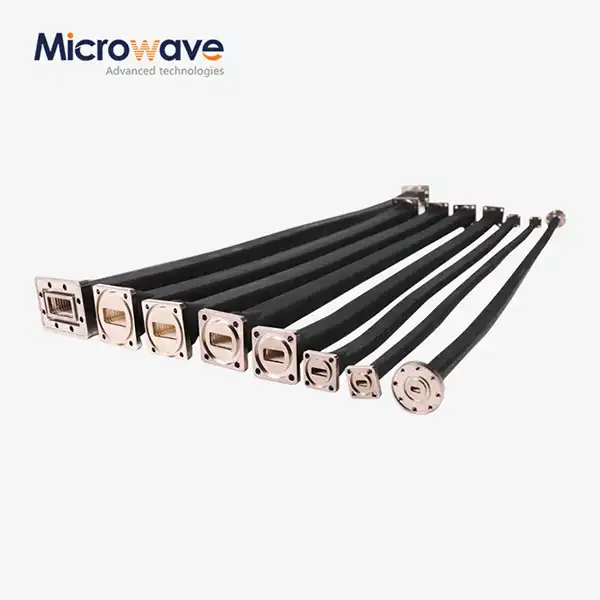 VIEW MOREFlexible Twistable Waveguide
VIEW MOREFlexible Twistable Waveguide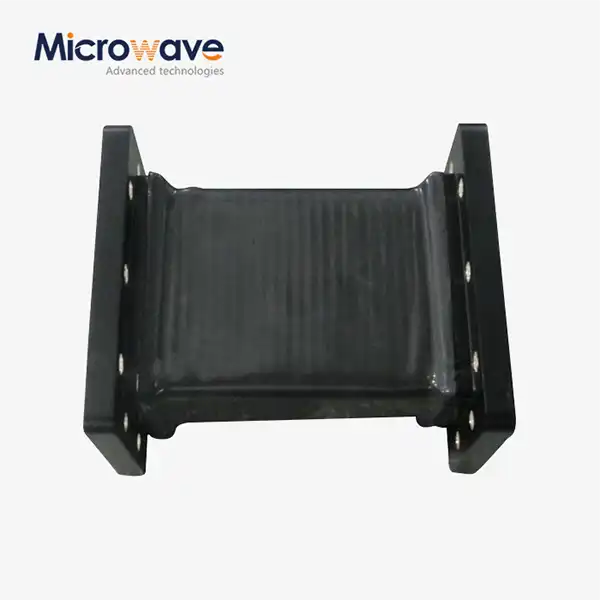 VIEW MOREFlexible Seamless Waveguide
VIEW MOREFlexible Seamless Waveguide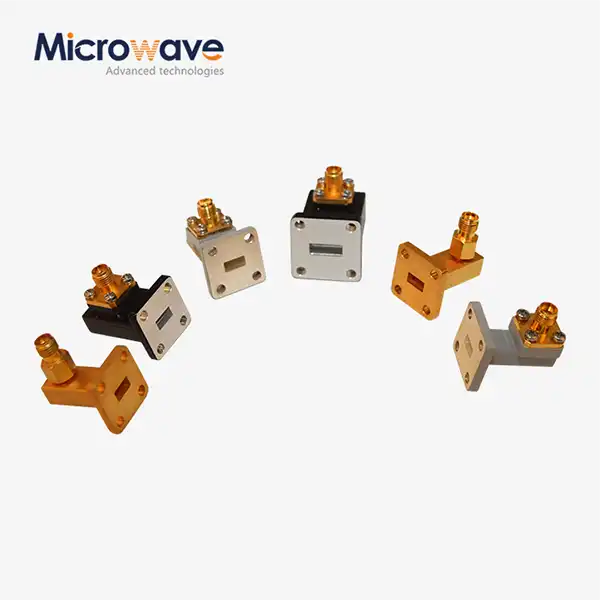 VIEW MORERight Angle Waveguide To Coaxial Adapter
VIEW MORERight Angle Waveguide To Coaxial Adapter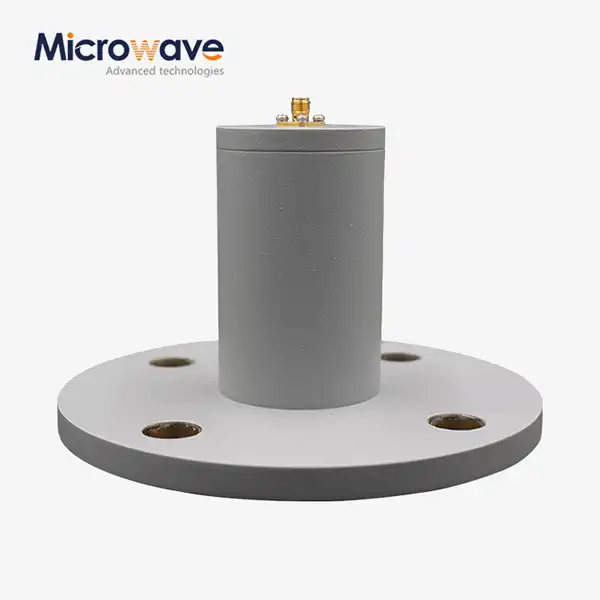 VIEW MORECircular Waveguide To Coaxial Adapter
VIEW MORECircular Waveguide To Coaxial Adapter




